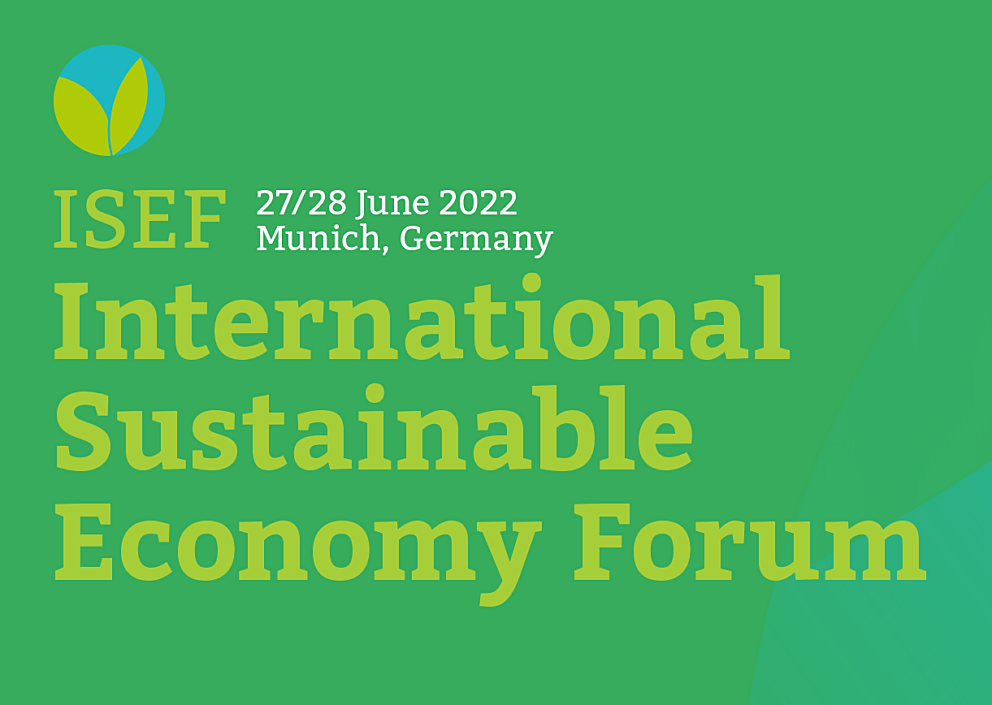Recycling of Residual Materials and CO2
Every year and on a global scale, humans release more than 30 billion tons of carbon dioxide (CO2) into the atmosphere. This greenhouse gas emerges particularly during the combustion of fossil raw materials such as crude oil. Simultaneously, the circular economy receives increasingly more societal and ecopolitical significance. Wherever possible, sustainable raw materials should be used to save fossil and natural resources, and to enhance, instead of to dispose, residual materials and products at their end of life.
The use of biomass instead of crude oil for similar applications is economically still in the early stages of development. In addition, it is important to consider that a growing global population requires more and more fertile land to meet the production of food and animal feedstuff. Making forecasts is difficult and competition for land use cannot be excluded either. These conflicts can be avoided by using residual and waste materials.

Carbon from renewable resources
Carbon bonds are given in any living organism and serve as the basis of the organic chemistry. Except for in food, carbon bonds are contained in all important products of our modern daily life. These products comprise pharmaceuticals, cosmetics, apparel, household chemicals, plastics, colors, fuels, etc. Traditionally, these products are created through organo-chemical reactions and processes based on crude oil. For 100 to 150 years, mainly crude oil covers the global supply of energy and chemical products.
Currently, our society faces the limitedness of crude oil and general fossil resources. More and more, we reconsider the growing environmental and climate impacts through unrestrained consumption of resources and an increasing CO2 output. To meet these challenges, we recognize tremendous efforts to transform fuel and electricity production by alternative energies such as wind, water and solar energy. Regarding the material use of crude oil, we must change our crude oil consumption for the same reasons and draw on more sustainable feedstock. These materials include residual materials and waste flows from forestry and agriculture, the food processing industry or pulp and paper industry. From these flows, secondary plant materials can be generated, such as phenolic bonds, terpenes, hydroxyl fatty acids or wax.
Compared to fossil raw materials, a theoretical neutral CO2-balance can be achieved during the usage (and combustion) of sustainable materials. This neutral balance derives from the fact that only CO2 from the atmosphere is released which was initially bonded by plants. This CO2, released by biobased materials, will be bonded again during plant growth and does not increase the atmospheric CO2 concentration in toto (circularity).
Networks
-
Waste2Value
Der Schwerpunkt des Netzwerks liegt auf der Nutzung von Reststoff- und Abfallströmen aus beispielsweise der Forst- und Landwirtschaft, der…
News
-
Long-standing problem solved: Researchers discover that misfolding prevents efficient utilisation of so-called split inteins as ‘protein glue’
-
KIT Spin-off ICODOS and Partners Launch “Mannheim 001,” the First Facility for Carbon-neutral E‑methanol Production in Sewage Plants
-
Free State of Thuringia is funding a new research group at Leibniz-HKI to investigate the moss microbiome
Events
-
27. — 28 June 2022 | Munich

















